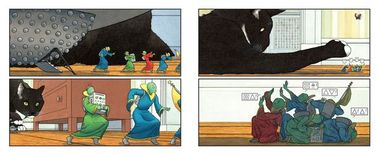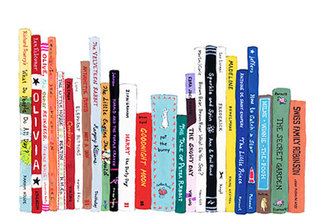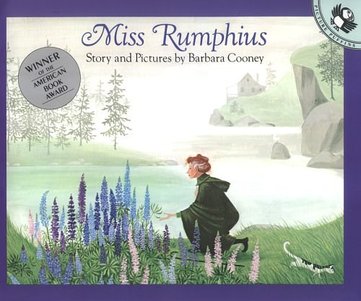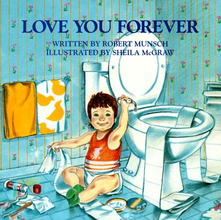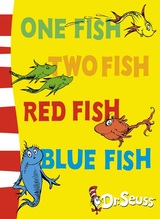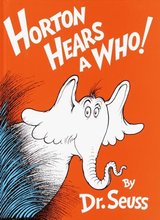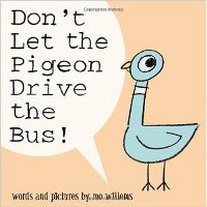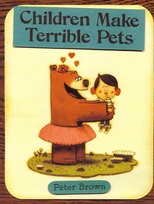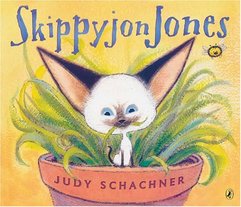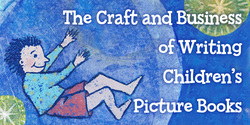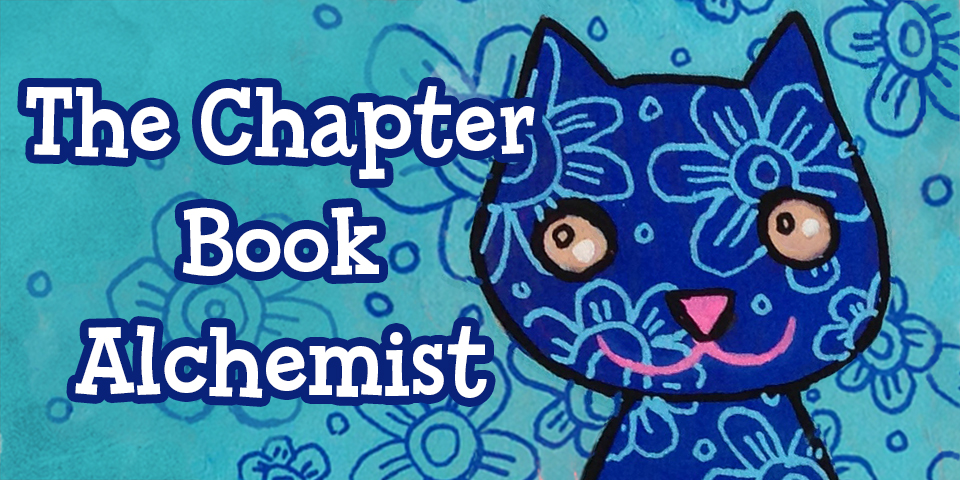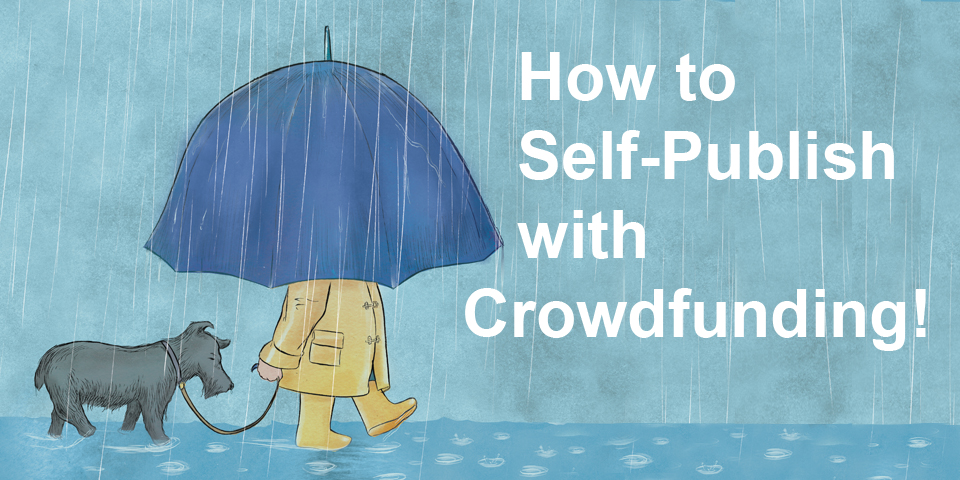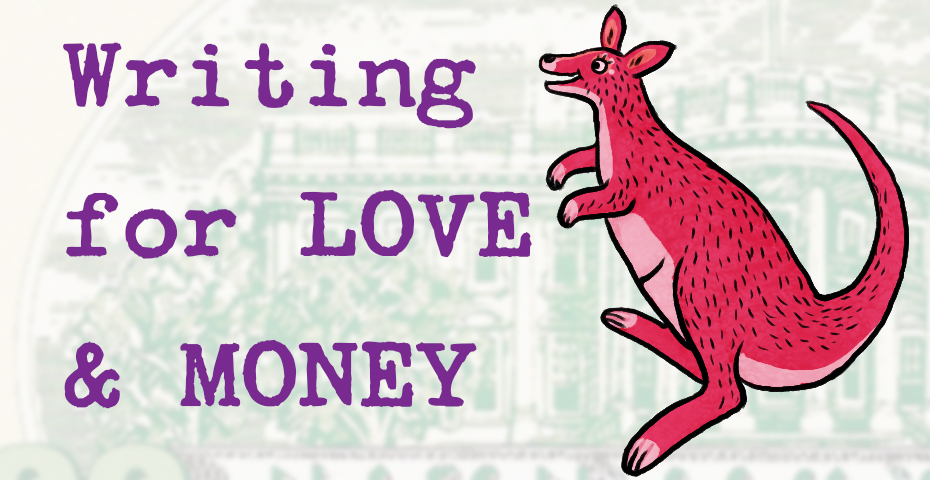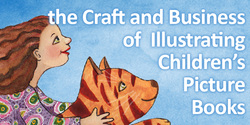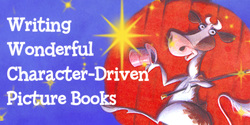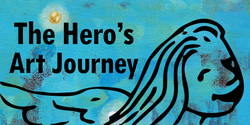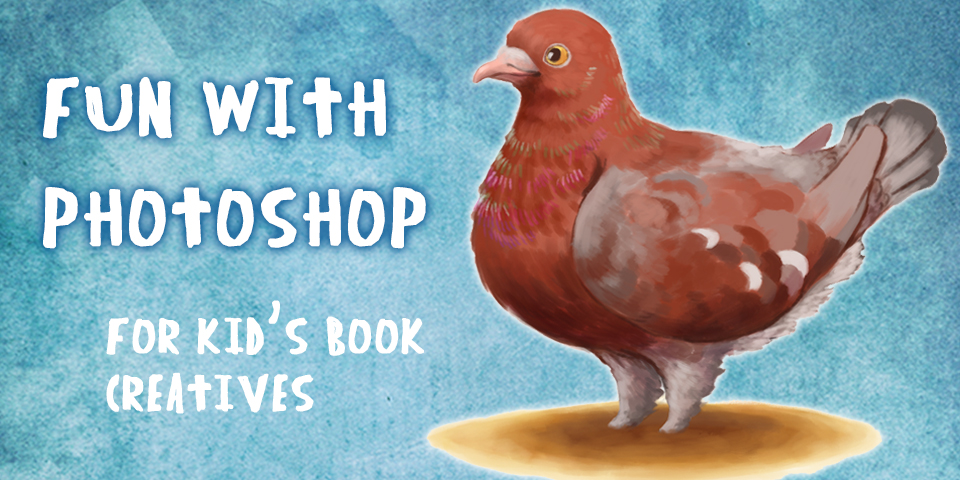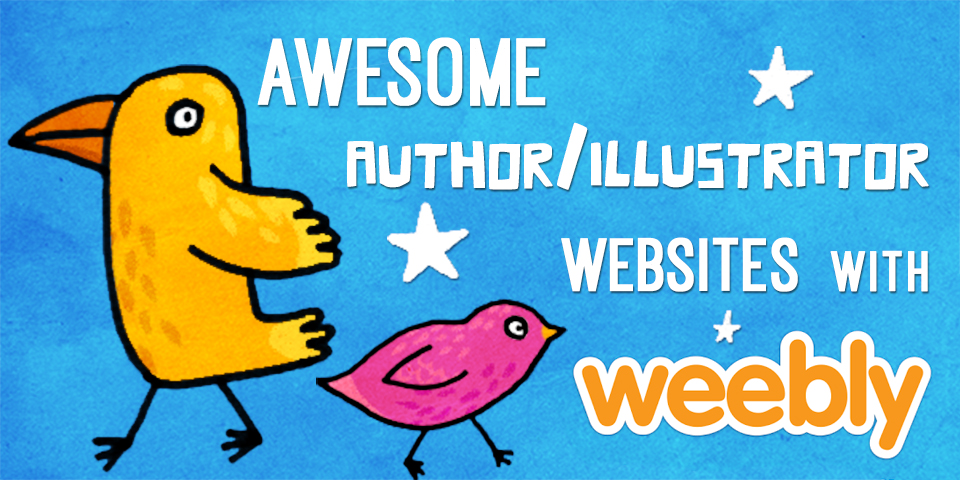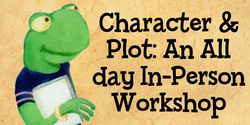13 Comments
This morning I was walking my six-year-old to school when the droning sound of a lawn mower and the smell of freshly-cut grass saturated my senses. It immediately took me back to my childhood in Michigan, where a two-acre yard filled with pine trees, fruit trees, and an overstuffed garden, was my daily stomping ground. That yard needed a lot of mowing and I spent many summer hours watching our riding mower chomp in lines, zig-zags or circles, depending on who was in the driver’s seat. It was in that hundred year old farmhouse and on that land that I had my first experiences with death. The death of worms we squished, the death of rabbits our cat killed, the death of our dog who was hit by a car, the death of our grandpa, and even, when I was eight, the death of our baby brother who only lived for half an hour. Through it all, my parents were patient and accessible. They were honest and hopeful in our conversations, always allowing questions and giving us time to process. Back to today. I watched my daughter with her Hello Kitty helmet, kicking her pink razor scooter into motion, the wheels spinning and lighting up (Santa was good to her last year). My mind full of thoughts of my own life-changing moments, I began to realize how much lies ahead for her. I hope I will be brave enough to prepare her for her own transformative experiences, but even if I'm not, they will come anyway. One of the things I'm tasked with blogging about are picture books with a spiritual element to them. And today, we’re diving right in to talk about picture books that teach us about death, and how they can be part of our ongoing discussion with children. So far, my daughter’s most traumatic lesson in death was when a butterfly that we hatched from a caterpillar died on the day we released it into the wild (can you tell that we don’t have any real pets? Ah, the joys of apartment living). She cried. I stumbled over my words, trying to explain that butterflies don’t live very long anyway, and that this one hadn’t been very healthy from the start. It wasn’t until later that I read the book Lifetimes (see below) and found the perfect way to explain what I had been trying to say. If you’ve ever written a picture book, you know how carefully each word is chosen. Using picture books as a conversation-starter gives you a simple jumping-off point and allows you to turn that conversation over to a child, prompting them to ask questions and to share what they care about, what they are worried about. Every book teaches something different about death. So choose the ones that you want for your family. Do you want to teach them about Heaven? Or teach that even in death you are giving back to the earth? Or that when one is remembered, they are never truly gone? All of the above? Something different? Whatever your belief system, in the words of my professor and child-development expert, "you need to give them something." There are many books about death, but each is unique. Some leave unanswered questions, some try to answer every question a child may have. Some talk about life and death in nature and use that as a backdrop to talk about when people die, such as this one: 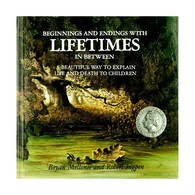 Lifetimes by Bryan Mellonie and Robert Ingpen Snippet: “There is a beginning and an ending for everything that is alive. In between is living.” "Lifetimes...lets us explain life and death in a sensitive, caring, beautiful way. Lifetimes tells us about beginnings. And about endings. And about living in between. With large, wonderful illustrations, it tells about plants. About animals. About people. It tells that dying is as much a part of living as being born. It helps us to remember. It helps us to understand." Some are about losing a pet, like these ones: 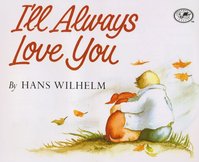 I’ll Always Love You by Hans Wilhelm Snippet: “This is a story about Elfie-- the best dog in the whole world. We grew up together, but Elfie grew much faster than I did.” "A child's sadness at the death of a beloved dog is tempered by the remembrance of saying to it every night, "I'll always love you." Dog Heaven by Cynthia Rylant Snippet - "When dogs go to Heaven, they don't need wings because God knows that dogs love running best." "From expansive fields where dogs can run and run to delicious biscuits no dog can resist, Rylant paints a warm and affectionate picture of the ideal place God would, of course, create for man's best friend. The first picture book illustrated by the author, Dog Heaven is enhanced by Rylant's bright, bold paintings that perfectly capture an afterlife sure to bring solace to anyone who is grieving." Some are about losing a loved one, like this: 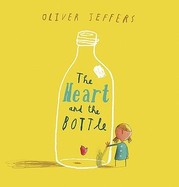 The Heart and the Bottle by Oliver Jeffers Snippet: "Once there was a girl, much like any other, whose head was filled with all the curiosities of the world." "There is a wonder and magic to childhood. We don’t realize it at the time, of course...yet the adults in our lives do. They encourage us to see things in the stars, to find joy in colors and laughter as we play. But what happens when that special someone who encourages such wonder and magic is no longer around? We can hide, we can place our heart in a bottle and grow up . . . or we can find another special someone who understands the magic. And we can encourage them to see things in the stars, find joy among colors and laughter as they play." And some are made broadly applicable by using anthropomorphized animals as main characters, like these: Remembering Crystal by Sebastian Loth Snippet: “She knew that she would always remember Crystal, and that Crystal would always be with her wherever she went, right there in her heart.” "Crystal had lived in the garden for many years. She was growing old. Zelda was just starting out in life. They were best friends. But one day Crystal was not in the garden. She had died. In this gentle story Zelda learns that true friendship is a gift that doesn’t die." 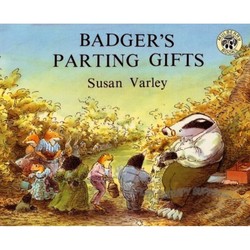 Badger’s Parting Gifts by Susan Varley Snippet: “Badger wasn’t afraid of death. Dying meant only that he would leave his body behind and, as his body didn’t work as well as it had in days gone by, Badger wasn’t too concerned about that. His only worry was how his friends would feel when he was gone…” *Touches on a broadly applicable afterlife. "The tale of a dependable, reliable and helpful badger who realizes that his old age will soon lead to death. His friends learn to come to terms with his death in an enchanting tale." And sometimes you have a brilliant death-themed picture book that breaks the mold completely, like this one: 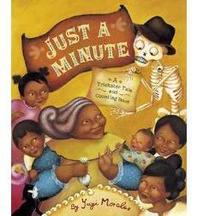 Just a Minute by Yuyi Morales Snippet: “When Grandma Beetle woke at dawn, she heard a knock at the door. And, oh my, waiting outside she found Senor Calavera. Senor Calavera tipped his hat. What a skinny gentleman! With a pass of his hand he signaled to Grandma Beetle. It was time for her to come along with him.” "In this original trickster tale, Senor Calavera arrives unexpectedly at Grandma Beetle's door. "Just a minute," Grandma Beetle tells him. She still has one house to sweep, two pots of tea to boil, three pounds of corn to make into tortillas...Grandma Beetle cleverly delays her trip and spends her birthday with a table full of grandchildren and her surprise guest." There are so many wonderful ones, but I hope this helps you get started on your own list. And if you are trying to write a picture book about death? As always, study from the masters. As I think about my growing-up-way-too-fast, scooter-kickin’ six-year-old (and her two younger sisters), I am both nervous and excited for the future. I’ve learned that I can’t protect them from all of the hurt in the world, but I can do my best to prepare them to come through those hurts both stronger and more empathetic. Picture books are an empowering tool to help us get there.  This post was written by Maria Oka, a mother of three very busy girls whose reading and writing spans from books for the very young to older picture books. Besides being interested in rollicking laugh-aloud books with her girls, Maria is also interested in children's books with a spiritual element. She reads, writes, and tries to juggle dinnertime, school schedules, and a very attached-at-the-hip baby in Southern California, where she lives with her husband and three munchkins. I am fragmented this month, even more than usual: - I sold my home of 35 years in California. - Most of my belongings will be in storage for months. - A few precious belongings are with my husband in the wilds of Texas. - My son’s wedding is in three weeks and I still don’t have “the right” shoes. - And I haven’t figured out the babysitting schedule for my granddaughter yet. That’s only the beginning of my fragments. So, for this month’s blog, I’m going with the flow. Fragmentation rules. Fragment #1 – Coming Home You may have noticed the tag going around Facebook: “What 10 books have influenced or stayed with you?” It reminds me of my last two blogs for Children’s Book Academy, “The Books We Can’t Let Go.” The subject is perennial. Those special books that stay with us are like coming home, holders of our memories, lessons, challenges, and friends. Just as the fragrance of lilacs takes me to my grandmother’s Kansas farm and the smell of cinnamon reminds me of my aunt’s kitchen, so a book can stay with us for decades. When we need comforting, when we want to smile or to ponder, we often return to a moment in time or a book on the shelf. Phrases and characters from picture books can even become part of a family’s language. I can say to my now adult child, “I do not know yet what that might be,” and we’re both taken home to the days when Miss Rumphius was a nightly tradition. I’d love to know the phrases or characters from books that have stayed with you, that take you home to a comfortable, warm place. Fragment #2 – Letting Go Over the years, I’ve encountered many talented writers who are terrified of letting go. These writers aren’t illustrators, but they think they can instruct in how to illustrate. In the traditional picture book world, it just doesn’t work that way. I’ve always been an advocate of “letting go.” It can lead to wonderful surprises. When I wrote Lost. Found., my 22-word manuscript consisting of two repeating words, I knew I was instructing the illustrator what to draw, but not how to draw. I also knew I wouldn’t be choosing my illustrator. That is the editor’s well-deserved right. Still, when Neal Porter told me at a NYC lunch (Yes, dear writers, dreams do come true.) that he’d chosen Matthew Cordell, I was surprised. I’d just dared to suggest Erin or Philip Stead when Neal asked my thoughts. I felt their sensibilities were in keeping with my story. I thought Matthew’s style a bit cartoonish, loose, and wacky. Never mind that he’s also prolific, funny, and brilliant. As I’ve always done, I did not debate, cry, or plead. I “let go.” I trusted. I admit that was relatively easy sitting across the table from the rock star of picture book editors. My story could not be in better hands. But I’ve “let go” many times before. I trust my editors to choose the illustrator, who I trust in turn. Sometimes the letting go brings delightful surprises (Brad Sneed’s illustrations were entirely different from what I’d imagined, yet The Pumpkin Runner is a Smithsonian Notable and still in print after 16 years.) and sometimes not-quite-so delightful surprises (I’m not telling!). But it’s all okay. Truly. Because unless you let go of your daddy’s hand when you want to walk, of the side of the boat when you want to scuba dive, of your rigid ideas about your story when you want to join a picture book team, you won’t get far and you won’t get to be as joyously surprised as I was this week when I saw Matthew Cordell’s early sketches for Lost. Found. Oh, what wondrous things arrive from letting go. I can’t wait until you all see the delightful surprise too, in January 2016. Fragment #3 – Bittersweet artist’s life Two days ago I posted a simple thought on Facebook: “A rejection and a contract in the same day. Life is bittersweet.” I didn’t expect a landslide response, but that’s what I got. Several aspiring writers thanked me for sharing how the publishing business goes, so I want to share again here. Remember that some of our best writers are rejected regularly. As with life, it’s best to keep a steady keel and vision and endeavor to take all things, rejection and celebration, with calm. Fragment #4 – Courses and books 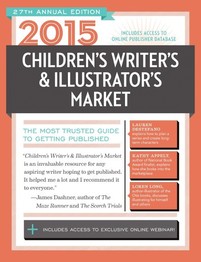 At Children’s Book Academy, there’s a potpourri of interactive ways to learn how to write for children. These include videos and online chats, which are such fun methods to gather information and inspiration. But sometimes a book still proves handy, especially if it’s a book like 2015 Children’s Writer’s & Illustrator’s Market. Fellow Children’s Book Academy blogger, Miranda Paul, and I were honored to be interviewed for it and we proudly mentioned our courses and blogs at www.childrensbookacademy.com. Multiple tools are wise when you have an important job like writing for children and with editors like Chuck Sambuchino and Harold Underdown, you know this book is a great roadmap to publishing. Consider a copy. Even without the life changes causing my current fragmentation, I often feel fragmented, as do many writers and illustrators I know. But fragmentation isn’t necessarily a bad thing. Fragments of thought, of life, are often what our best stories are made of. Consider the kaleidoscope as your example. Fragments, when we gather them, can turn into a beautiful whole, a complete creation to share with others.  Marsha Diane Arnold is an award-winning picture book author with eleven traditional books, two digital apps, and an e-book to her credit. Represented by Red Fox Literary, in 2013 she sold four picture book manuscripts to Neal Porter Books, Kate O'Sullivan of Houghton Mifflin, and Tamarind, Random House UK. Her agent is currently in negotiations for two more books. Marsha grew up on a Kansas farm and for decades created imaginative worlds and wacky characters in northern California. She’s now creating those worlds in southwest Florida. Her Writing Wonderful Character-Driven Picture Books course has helped many published and aspiring writers to write stronger characters. You may read about her books, school visits, and life at www.marshadianearnold.com If you’re at all plugged into the #kidlit world, I’m sure by now you’ve heard someone lament about the state of shrinking word counts. They’ll blame shorter attention spans, the effect of two working parents, the eternal onslaught of ‘devices’ or simply lack of time. Is it true that in our fast paced, internet saturated lives, we can’t stop and read our kids books with more that 500 words? I thought it would be fun to dig into some numbers and compare some classic picture book word counts with some contemporary ones. Lets compare: Horton Hears a Who Word Count - 2008 One Fish. Two Fish, Red Fish, Blue Fish Word Count - 1308 Love You Forever Word Count - 772 words Where The Wild Things Are Word Count - 336 Contemporary: Don’t let The Pigeon Drive the Bus! Word Count - 161 Kittens First Full Moon Word Count - 264 Children Make Terrible Pets Word Count - 372 Skippyjon Jones Word Count - 1073 As you can see the 500 word rule isn’t really strict (those Skippyjon books are freaking long!). Personally, my 2 yr old son loves reading longer stories with a lot of wordplay. We unearthed a treasure trove of older books that belonged to my wife and he would rather read some of the older, longer, stuff. But that's just us. What do you think? What do your kids prefer to read? Do you wish contemporary books were longer? Shorter?
-Jorge |
Meet the Friday Blogonauts
First Fridays will feature Bryan Patrick Avery, published writer , man of mystery, and professional magician among other things.
Second Fridays will feature awesome multi-award winning author Marsha Diane Arnold who will be writing about character-driven and/or nature-based books and/or anything she likes :) Third Fridays will feature independent Aladdin/Simon & Shuster editor Emma Sector who has helped bring many books into the world. Fourth Fridays will feature the great Christine Taylor-Butler who has published over 70 award-winning fiction and non-fiction and nonfiction books including the acclaimed new middle grade series - The Lost Tribes. Fifth Fridays will feature the fabulous Carl Angel award-winning multi-published Illustrator and graphic designer. Join our Tribe
and receive 7 Steps to Creative Happiness, access to free webinars, and lots more!
Your email addresses are always safe and respected with us. Follow our Blog!
Archives
January 2019
Categories
All
|
|
Discover
|
About Us
|
Join Us
Join our Community and receive a fabulous free gift, KidLit tips, newsletters, scholarship info, contests, and more!
Join our KidLit Mentorship |
Social Media
Interact with our FaceBook Group or follow us on:
|
© 2010-2024 All content on this website is copyrighted. Sorry, all courses are non-refundable.

